How to effectively incorporate User Experience into Agile delivery.
In today’s product delivery world, we often hear the saying “Building the right product and building the product right.” In this article, we will break down what this means and describe an approach we’ve been using that proving to be successful for Dual-Track Agile product delivery.
Build the Right Product
Building the right product means delivering a product that meets both the goals of the business and the user. Products need more than an attractive user interface to be successful. An attractive interface may create some positive impact but to be successful, a product has to quickly help users reach their goals.
A Forrester study shows that a well-designed user interface (UI) can raise your website’s conversion rate by up to 200 percent, while a better User Experience (UX)* can boost conversion rates by up to 400 percent.

User-Centric Design and providing a positive UX is, therefore, is the primary cornerstone of successful product development.
*User Experience is more than Interfaces. UX includes understanding user needs and the impacts of all aspects of the end user’s interaction with the company, its services, and its products. This includes the interface AND also the features, the technology the business processes that support the interface in addition to the user context, like their jobs, user jobs, motivations, feelings, and environment that impact their experience.
Build the Product Right
The second part of the adage, “build the product right”, refers to delivering the product effectively and efficiently. Considering today’s rapidly changing market needs and the burgeoning competition, organizations want to release their product to the market as quickly as possible, build on real feedback from end-users, and create value for the company. Agile is the preferred delivery option for most product organizations.
It wouldn’t be wrong to state that Agile is the second cornerstone of product delivery.
How do You Manage Both?
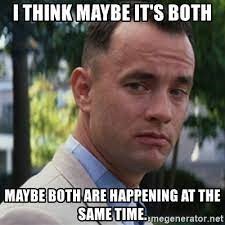
Here is the conundrum: while every product delivery team understands the contribution of both UX and Agile for their success, only a rare few know how to use them together effectively. These two key concepts can seem philosophically, and directionally, opposite to each other.
UX processes require upfront time in customer study, customer analysis, user experience design, prototyping, testing, etc. while Agile looks to decrease the amount of time spent on upfront design and requires that working software is delivered at the end of each sprint, which can occur in very short periods of time.
How do we fit the Work Required for UX Into an Agile Program?
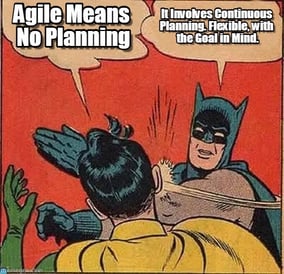 Every organization handles this dichotomy differently. We have seen many organizations do away with the UX discipline and rely on the knowledge and expertise of the Product Owner and analyst team. While this approach helps them meet their Agile goals, in almost every case, the end product ends up suffering from a lack of user experience design, and ultimately failing when it gets in front of the customer.
Every organization handles this dichotomy differently. We have seen many organizations do away with the UX discipline and rely on the knowledge and expertise of the Product Owner and analyst team. While this approach helps them meet their Agile goals, in almost every case, the end product ends up suffering from a lack of user experience design, and ultimately failing when it gets in front of the customer.
Some organizations have adopted a Lean version of UX, which reduces some of the upfront work, but still needs to be executed in a waterfall model before development can start.
Other organizations take the route of the controversial Sprint 0 to give the UX team a head start; this approach ensures that the designs are ready before they are picked up for implementation. This approach works for small simple products but for larger innovative products the discovery activities typically take more time than is allocated and require a holistic view of the end-users usage of the product which really isn’t factored into the activities.
The debate between upfront design vs delivering running features right from the first sprint is not limited to the UX discipline. Most product development teams experience a similar conflict for other strategic activities such as solution architecture design, business process optimizations, and data design that need upfront work before delivery can start.
However, these are important activities needed to build a scalable and usable product; candidly, when teams don’t build with a long-term product vision in mind, the features they implement often result in an experience that feels very disjointed or hacked together.
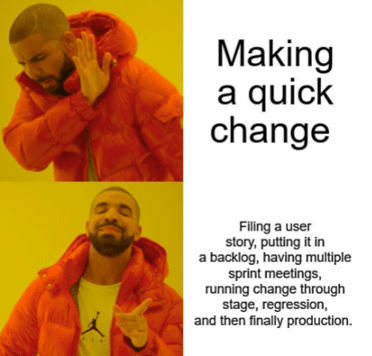
Online’s Approach to Epic Product Delivery
Online’s Digital Studio helps our clients move past this conundrum by using a product development model that enables both strategic discovery and Agile delivery without one impeding the other. Based on the 2016 Gartner model for combining Design Thinking, Lean Startup and Agile, our methodology follows a dual-track Agile paradigm that we call:
"Epic Product Delivery" 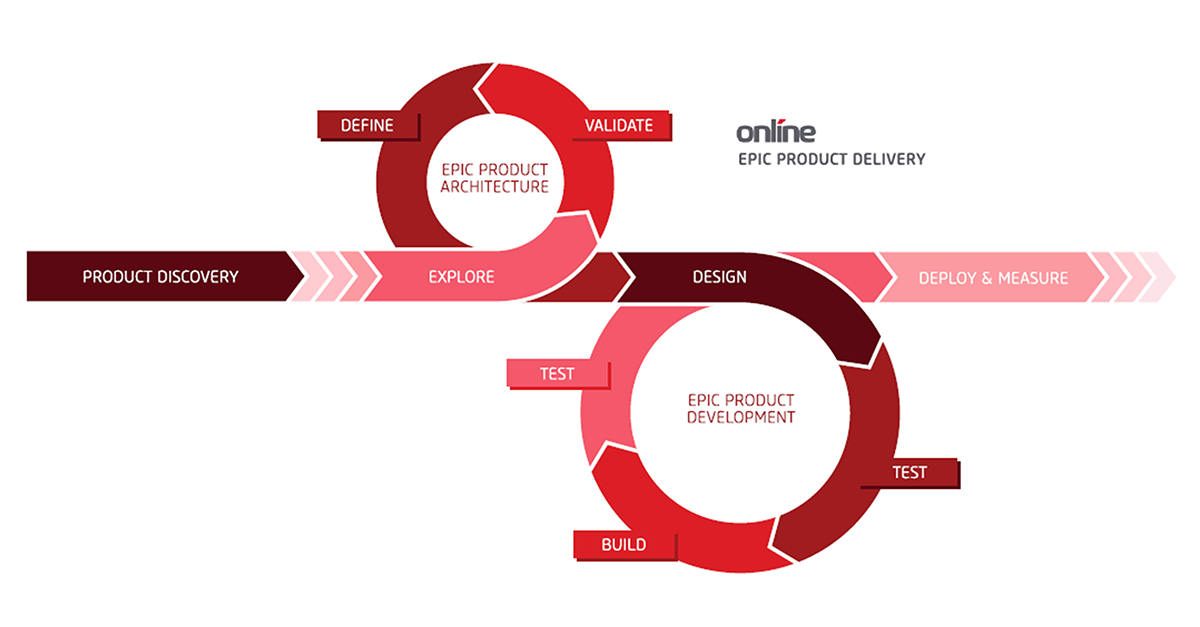
With our model, every product development starts with a collaborative, time-boxed, cross-discipline Product Vision/Discovery activity that provides the strategic direction for the overall product and provides our clients with the information they need to determine how they want to proceed. This step is crucial in understanding the vision, the users, and how the product will deliver value.
We identify the groups of features to be delivered (called Epics), the technical enablers, and the underlying factors affecting delivery in a roadmap that includes a first delivery of the Minimum Viable Product (MVP) and subsequent product increments.
The heart of the model comprises two Agile tracks running in parallel.
An "Epic Product Architecture” track that involves a deeper exploration of the problem and solution from a business, user, and technical perspective. We then validate the solution’s efficacy and define the requirements into Epics and User Stories for the Product Delivery team.
The second Agile cycle is the “Epic Product Development” cycle that is dedicated to delivering tested features to the market. Both the cycles work with a synchronized cadence to deliver an MVP as the first release followed by continuous releases till the completion of the program.
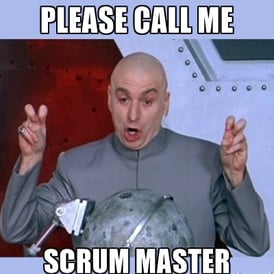 While the model looks straightforward, the implementation requires a certain amount of diligence to avoid falling into the WAgile1 trap. Our cross-disciplined Product Architects and development team manage their dependencies through established collaboration protocols such as a joint backlog of prioritized requirements, holding regular Scrum of Scrums to reassess changing priorities and scope, and enabling a continuous exchange of feedback between each other. Additionally, Sprint Reviews are conducted jointly so that everyone gets a first-hand understanding of stakeholder feedback. The teams also hold periodic joint retrospectives to improve their collaboration processes. Both the cycles are facilitated by a single Scrum Master who helps the teams to maintain the Agile values and principles and ensures that there are no dependency impediments to either team.
While the model looks straightforward, the implementation requires a certain amount of diligence to avoid falling into the WAgile1 trap. Our cross-disciplined Product Architects and development team manage their dependencies through established collaboration protocols such as a joint backlog of prioritized requirements, holding regular Scrum of Scrums to reassess changing priorities and scope, and enabling a continuous exchange of feedback between each other. Additionally, Sprint Reviews are conducted jointly so that everyone gets a first-hand understanding of stakeholder feedback. The teams also hold periodic joint retrospectives to improve their collaboration processes. Both the cycles are facilitated by a single Scrum Master who helps the teams to maintain the Agile values and principles and ensures that there are no dependency impediments to either team.
Our Digital Studio prides itself on the continual evolution of our practice and the diversity
of our team to assist our clients in meeting their goals faster, and better every time. This approach has not only helped us deliver some amazing products, but we commonly see a number of very positive outcomes by the time the product is released:
- A shift in team culture towards integrated and effective collaboration
- An ability to quickly pivot to accommodate business-level changes
- Focus on delivering value that keeps stakeholders excited and engaged through the entire process.
The best part is that we see reduced times to market, less risk and rework, and a better experience for everyone involved in the project. Happiness and Results, it’s what we do.
 Do You Have a Product Idea You’d Like to Explore?
Do You Have a Product Idea You’d Like to Explore?
Our Digital Studio Team participates in Online’s 'Ask the Expert' program and is happy to meet with you to discuss how you can get started leveraging the concept of Dual Track Agile to build products that work for you!
Dipanjan Munshi
.jpg?width=140&name=Dipanjan%20Munshi%20(3).jpg) Dipanjan is an expert on Agile product delivery lifecycles with deep experience in managing and delivering complex, large-scale, enterprise-level Agile IT programs. He’s been coaching and training cross-disciplined teams in Agile, Scaled Agile, and Application Lifecycle Management practices for over 20 years.
Dipanjan is an expert on Agile product delivery lifecycles with deep experience in managing and delivering complex, large-scale, enterprise-level Agile IT programs. He’s been coaching and training cross-disciplined teams in Agile, Scaled Agile, and Application Lifecycle Management practices for over 20 years.
His extensive experience in engineering, digital transformation, and systems design across multiple domains means he brings a seasoned practical approach to every project and understands how to lead teams in adapting to the changing landscape of innovation.
Adelle Rewerts
 Adelle Rewerts knows a thing or two about making products that really work for people. She’s been at the forefront of emerging tech for over 20 years.
Adelle Rewerts knows a thing or two about making products that really work for people. She’s been at the forefront of emerging tech for over 20 years.
She uses her background in innovation, product, design, and user experience to align business vision, technical realities, and user context to create effective products. But the best part is the way her process empowers and engages teams to do great work.
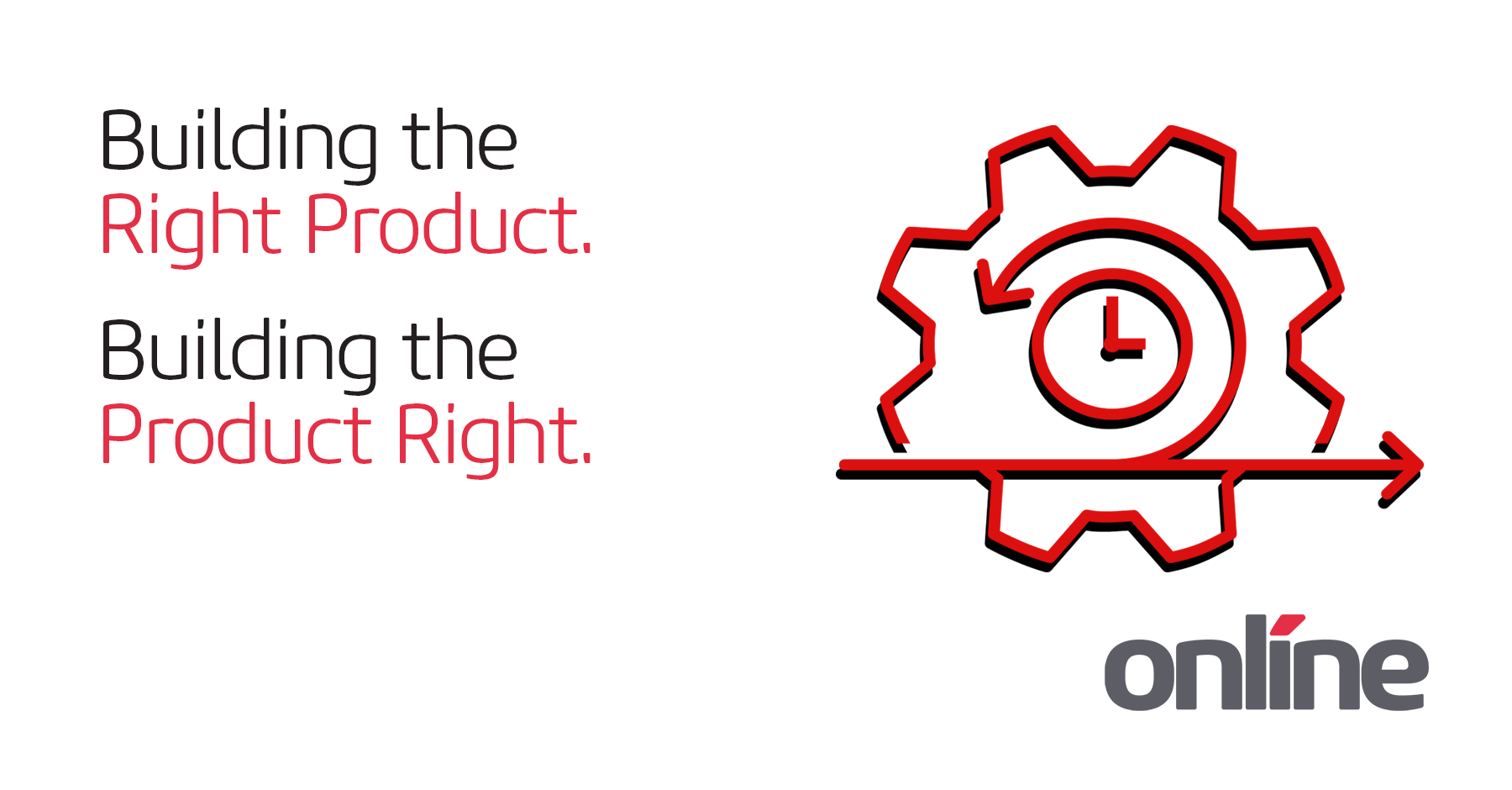

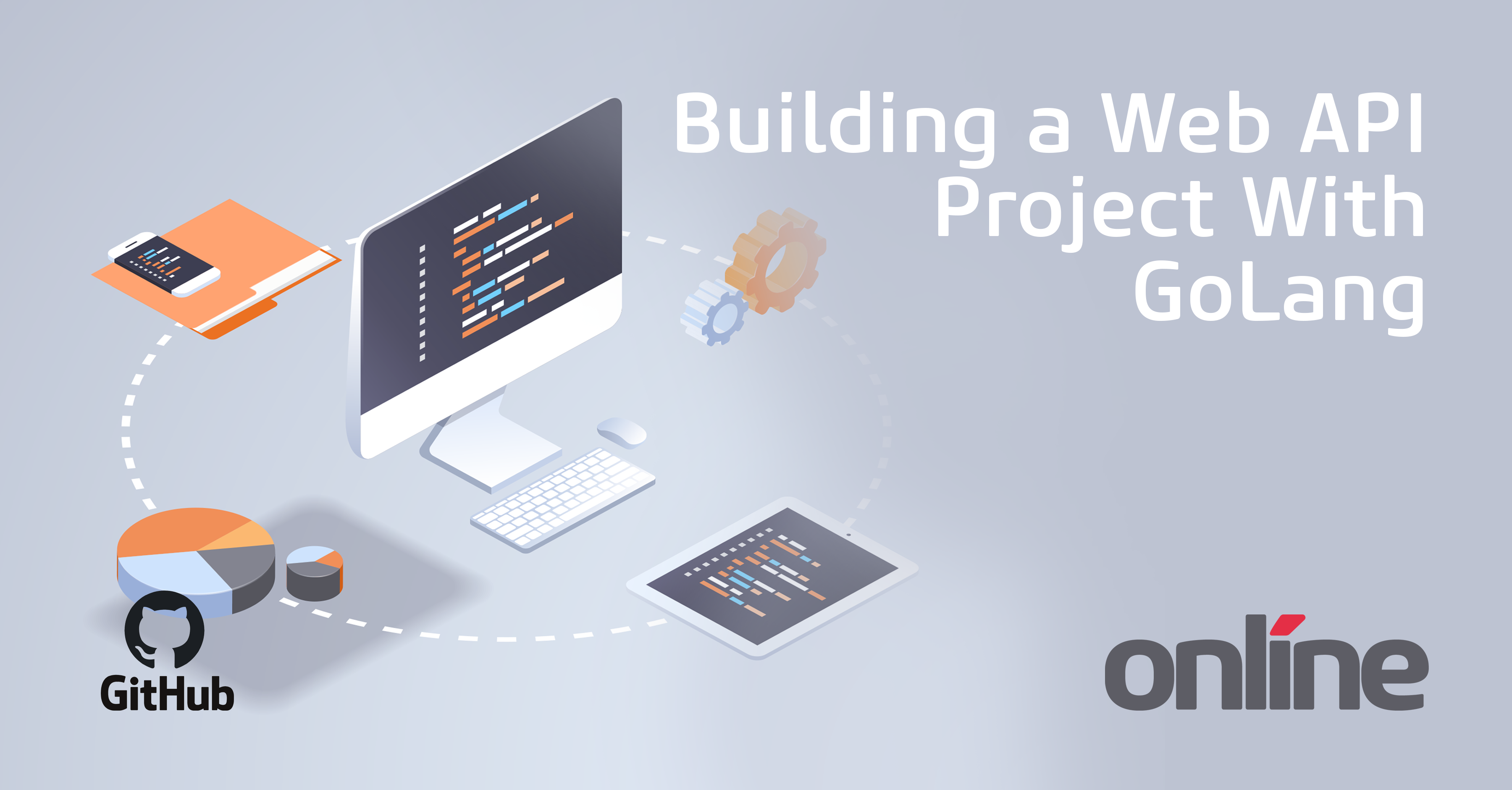
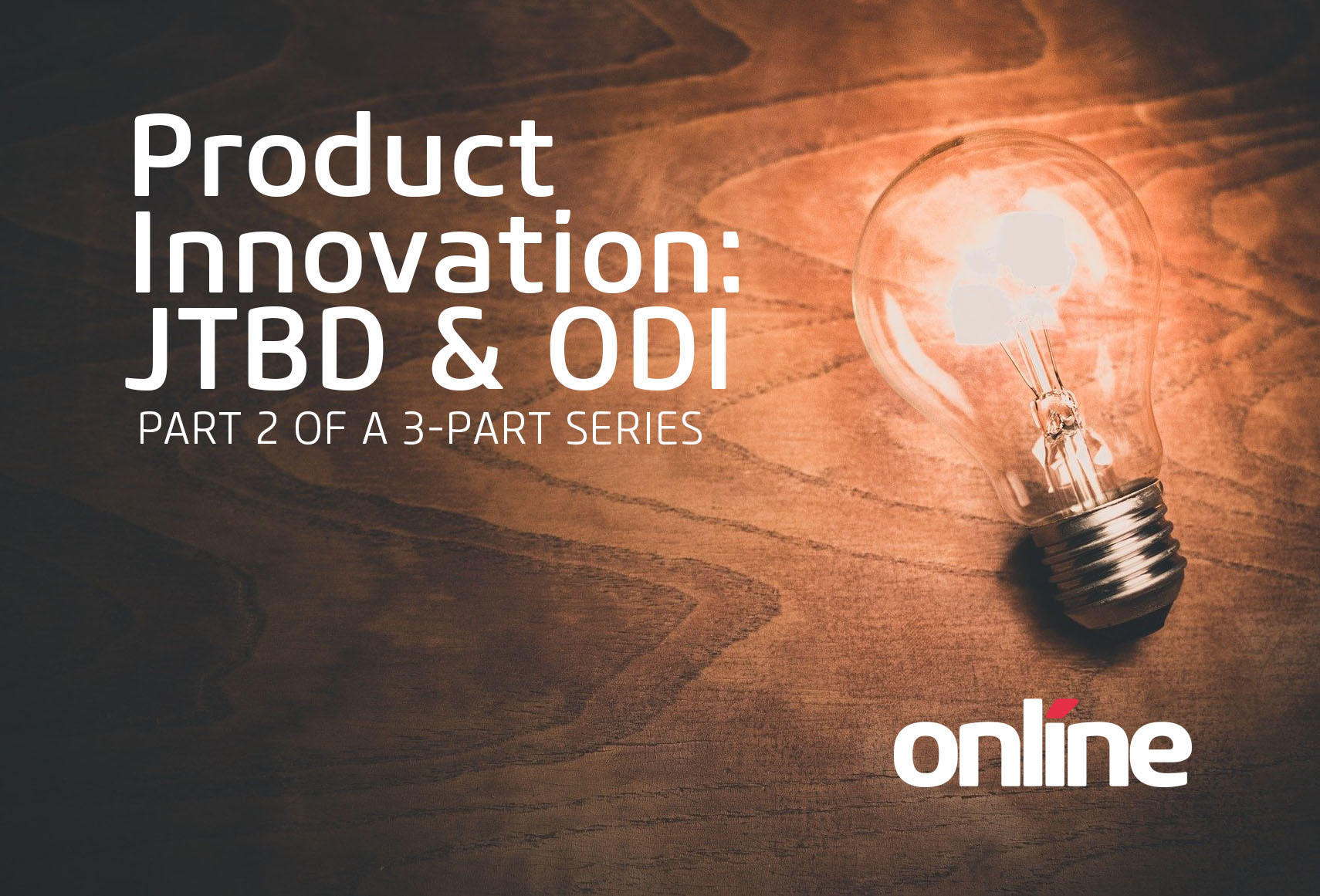

Submit a Comment